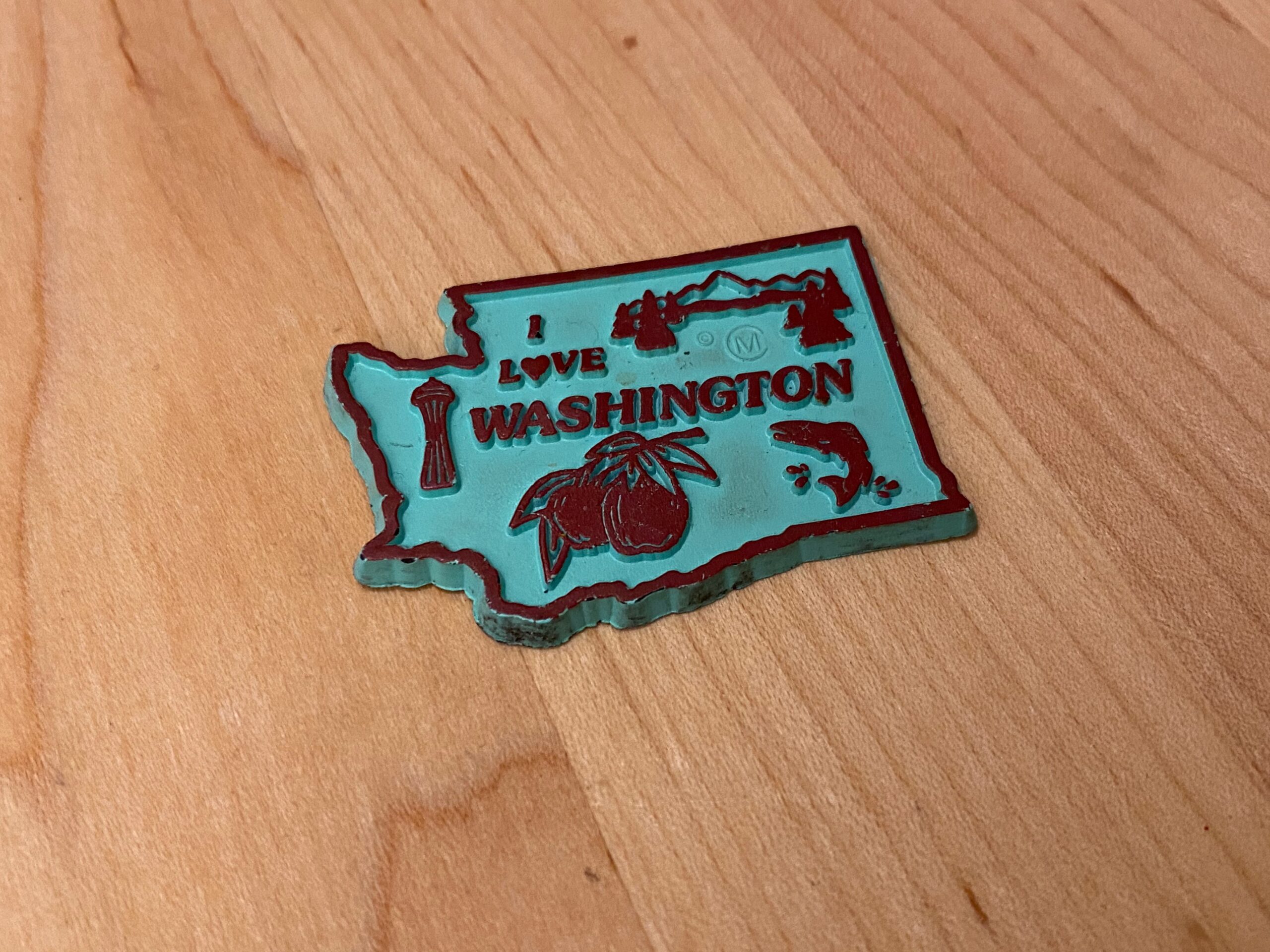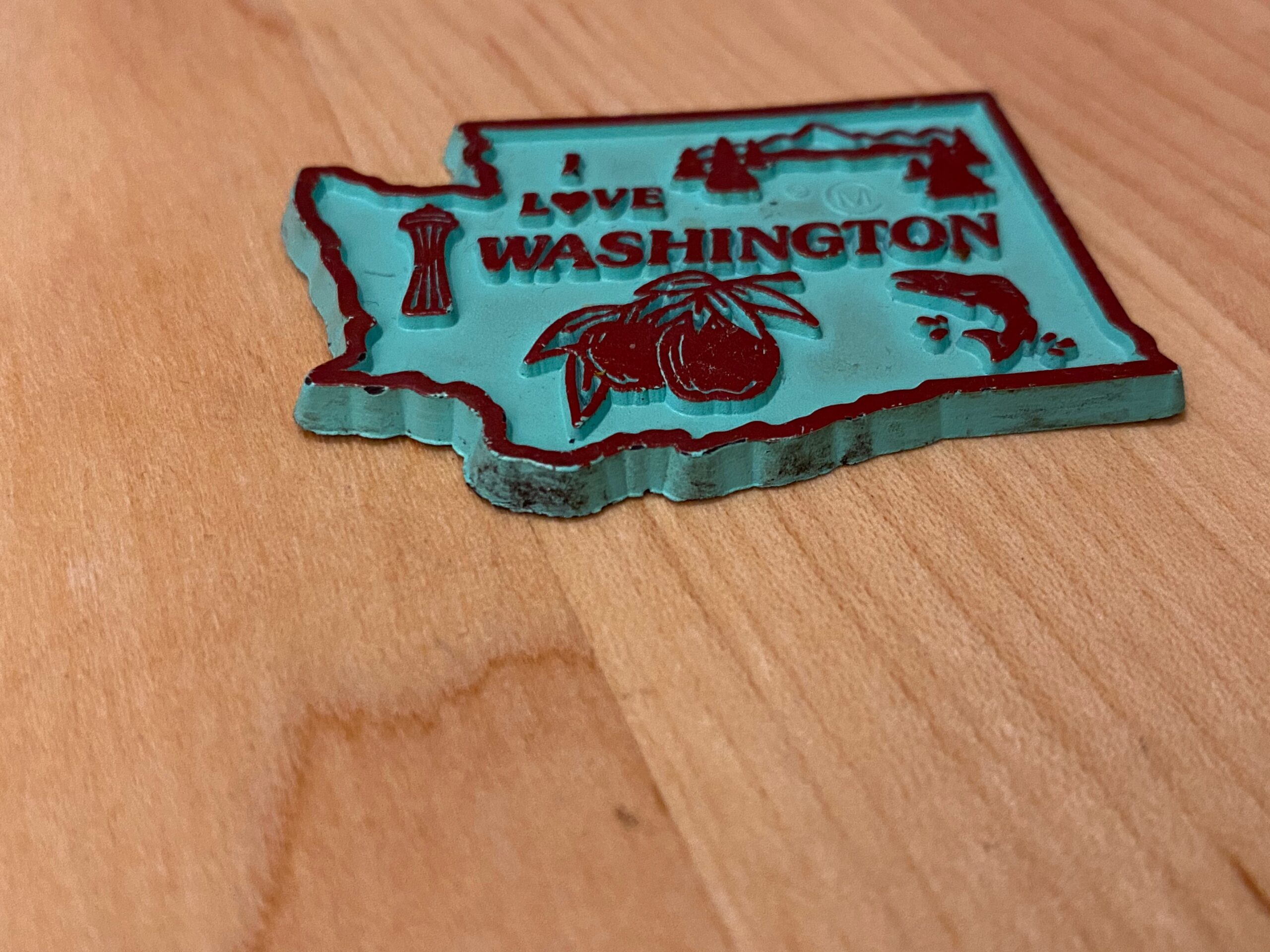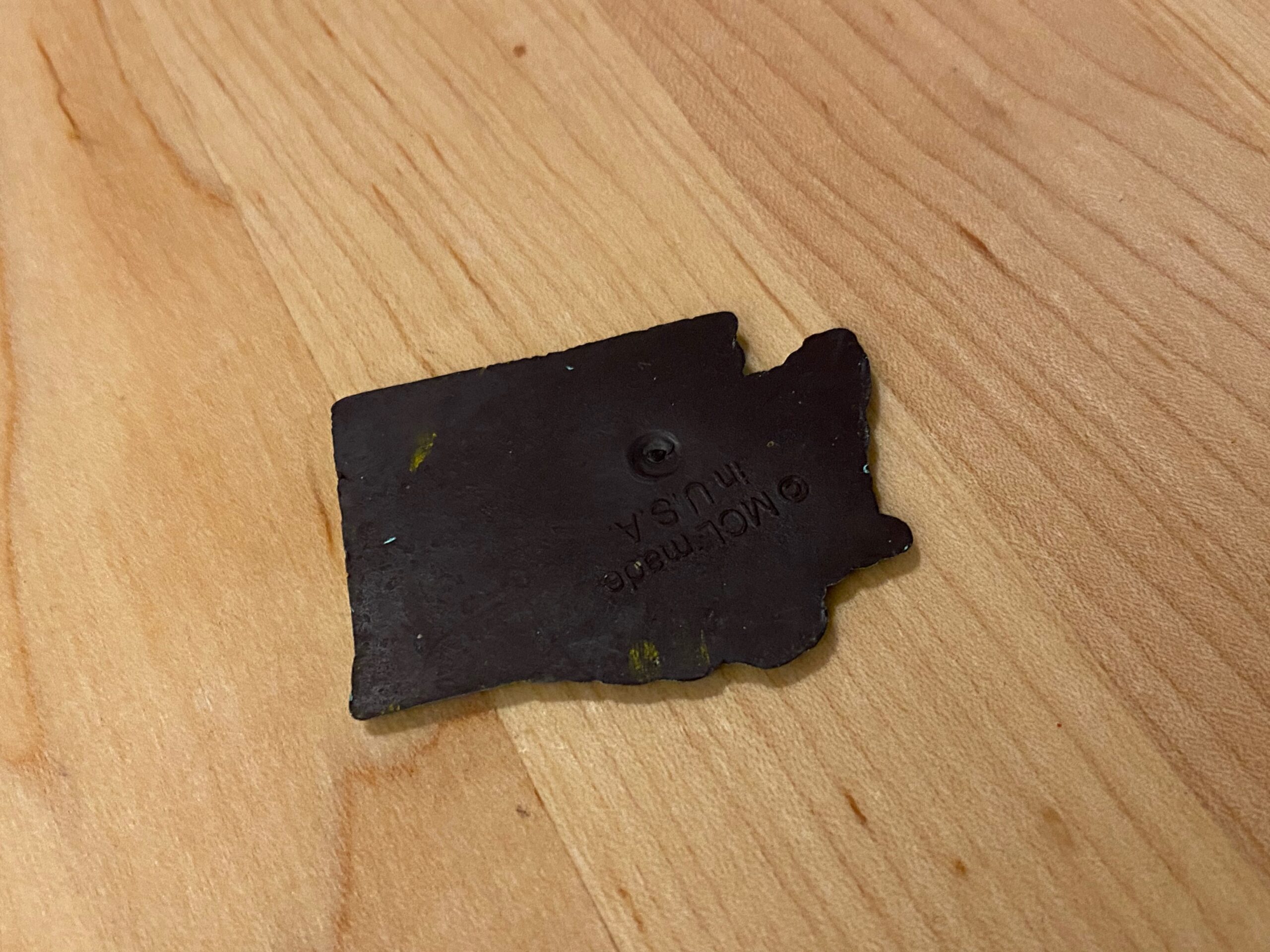Washington State rubberized magnet: 9,100 ppm Lead. 90 ppm (& up) is unsafe for kids. Magnets are not considered to be children’s items.
Introduction (for those new to this website):
Tamara Rubin is a federal-award-winning independent advocate for consumer goods safety and a documentary filmmaker. She is also a mother of Lead-poisoned children, her sons were acutely Lead-poisoned in 2005. Since 2009 Tamara has been using XRF testing (a scientific method used by the U.S. Consumer Product Safety Commission) to test consumer goods for toxicants (specifically heavy metals), including Lead, Cadmium, Mercury, Antimony, and Arsenic. All test results reported on this website are science-based, accurate, and replicable. Items are tested multiple times, to confirm the test results for each component. Tamara’s work was featured in Consumer Reports Magazine in February of 2023.
 Refrigerator magnets should not be considered to be toys unless they are sold as toys (& clearly marked that they are meant to be used by children.)
Refrigerator magnets should not be considered to be toys unless they are sold as toys (& clearly marked that they are meant to be used by children.)
When tested with an XRF Instrument this (Made in USA) map magnet had the following readings:
- Lead (Pb): 9,180 +/- 783 ppm
- Arsenic (As): 1,066 +/- 429 ppm
- Barium (Ba): 155,800 +/- 9,700 ppm
- Chromium (Cr): 5,421 +/- 796 ppm
- Zinc (Zn): 1,636 +/- 306 ppm
- Iron (Fe): 360,300 +/- 23,000 ppm
- Titanium (Ti): 149,700 +/- 10,000 ppm
- Chlorine (Cl): 137,100 +/- 14,000 ppm
Some additional reading for those interested in this post:
- Links for more magnets I have tested.
- Links for more souvenirs I have tested.
- My overview post about the testing that I do (the test results that are reported here on the website).
As always, thank you for reading and for sharing my posts. Please let me know if you have any questions.
Tamara Rubin
#LeadSafeMama

Never Miss an Important Article Again!
Join our Email List










Hi, Tamara! Is it the magnet itself that’s contaminated with lead, or is it the paint that’s on the magnet? Just wondering if bare, non-painted magnets would also be contaminated. Thanks!
It’s the paint on these vintage magnets.